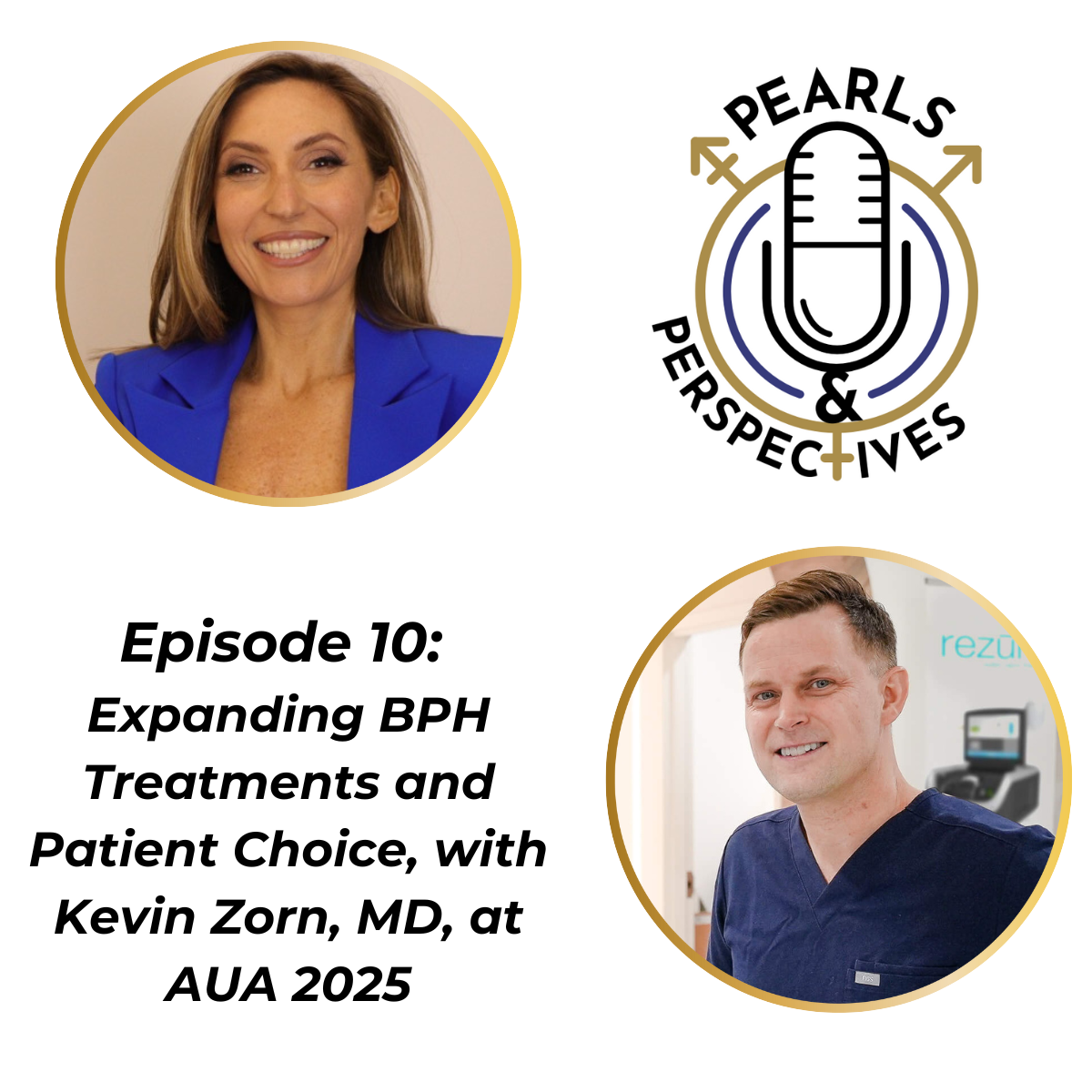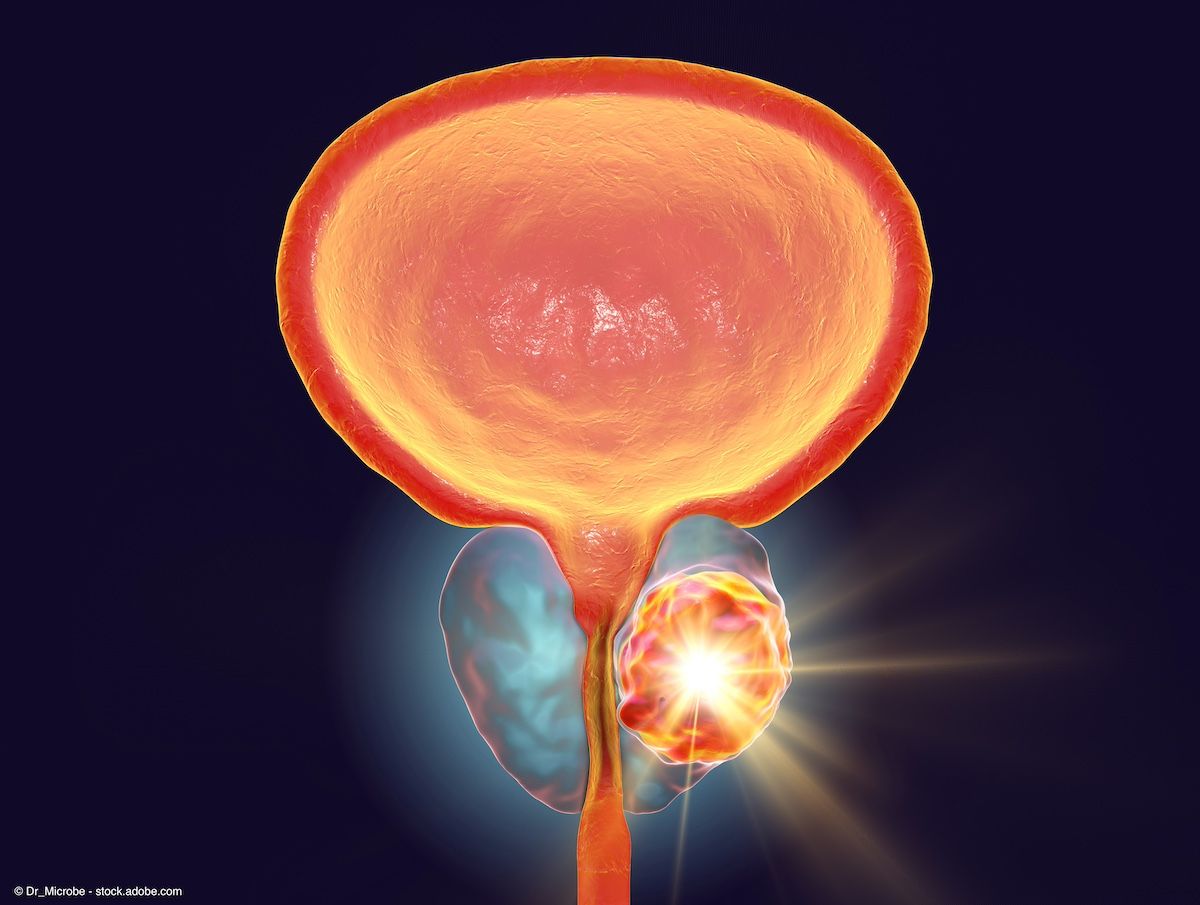News
Article
Phase 3 ARASTEP study to evaluate PSMA PET-CT–detected BCR in prostate cancer
Key Takeaways
- ARASTEP trial evaluates darolutamide plus ADT for high-risk biochemical recurrence of prostate cancer, focusing on radiologic progression-free survival (rPFS) by PSMA PET-CT.
- The study involves 970 patients globally, stratified by PSA doubling time, treatment intent, and lesion type, with a 24-month treatment duration.
“As of April 2025, 616 patients have been randomized,” said Alicia Morgans, MD, MPH.
ARASTEP, a phase 3 randomized, double-blind, placebo-controlled study (NCT05794906) that is actively recruiting, is set to evaluate the use of darolutamide (Nubeqa) plus androgen deprivation therapy (ADT) for the treatment of high-risk biochemical recurrence of prostate cancer.1
Alicia Morgans, MD, MPH

In a presentation at the 2025 American Society of Clinical Oncology Annual Meeting in Chicago, Illinois, Alicia Morgans, MD, MPH, a genitourinary medical oncologist and the director of the Survivorship Program at Dana-Farber Cancer Institute in Boston, Massachusetts, provided an outline of the trial. Discussing its background, she said, “Up to 50% of patients with prostate cancer are treated with radiotherapy, and between 20% and 30% of those who are treated with radical prostatectomy develop biochemical recurrence, defined as a PSA [prostate-specific antigen] increase without evidence of prostate cancer-related lesions on conventional imaging. PSMA [Prostate-specific membrane antigen] PET-CT is more sensitive than conventional imaging and may detect lesions in patients that would be missed by conventional imaging. Patients with biochemical recurrence who have lesions on PSMA PET-CT, but not on conventional imaging, have a high risk of disease progression and urgently require effective and well-tolerated treatment to delay progression.”2
For the ARASTEP trial, investigators intend to “evaluate whether darolutamide plus ADT improves radiologic progression-free survival (rPFS) by PSMA PET-CT compared with placebo plus ADT in patients with high-risk [biochemical recurrence] following primary therapy who have PSMA PET-CT-positive lesions,” the investigators wrote in their poster.
Approximately 970 patients across the world are to be randomly assigned 1:1 to receive darolutamide plus ADT or placebo plus ADT for a duration of 24 months.
“As of April 2025, 616 patients have been randomized,” Morgans said.
Patients will be stratified according to PSA doubling time of at least 6 months or less than 12 months, intent to treat baseline PSMA PET-CT lesions with image-guided radiotherapy/surgery (yes vs no), and distant metastasis (plus or minus locoregional lesions) vs locoregional lesions only.
The investigators intend to recruit patients from 243 sites across 23 countries. The study is structured in 4 consecutive periods: screening/baseline, treatment, active follow-up, and long-term follow-up. After 24 months, treatment will be suspended if PSA levels are undetectable (defined as < 0.2 ng/mL). Patients with a detectable PSA level will remain on treatment until progression on PSMA PET-CT.
Patients are considered eligible for the study if they have histologically or cytologically confirmed adenocarcinoma of the prostate with biochemical recurrence after primary radical prostatectomy following adjuvant radiotherapy or salvage radiotherapy, or primary radiotherapy. For the study, high-risk biochemical recurrence is defined as no metastasis on conventional imaging, a PDA doubling time of less than 12 months, a PSA level of at least 0.2 ng/mL after radical prostatectomy followed by adjuvant radiotherapy or salvage radiotherapy (or radical prostatectomy alone in patients deemed unfit for either adjuvant or salvage radiotherapy), or a PSA level of at least 2 ng/mL above the nadir following primary radiotherapy only. Patients also had to have at least 1 PSMA PET-CT-positive lesion, a serum testosterone level greater than 150 ng/dL, and an ECOG Performance Status of 0-1.
“The main exclusion criteria include presence of small cell ductal or neuroendocrine carcinoma and previous bilateral orchiectomy,” Morgans said.
The primary end point is rPFS by PSMA PET-CT as assessed by blinded independent central review (BICR). Secondary end points include metastasis-free survival by conventional imaging by BIRC, time to castration-resistant prostate cancer, time to initiation of first subsequent systemic antineoplastic therapy, time to locoregional progression by PSMA PET-CT, time to first symptomatic skeletal event, overall survival, PSA level lower than 0.2 ng/mL at 12 months, time to deterioration in FACT-P total score, safety, time to symptomatic progression, and quality of life.
REFERENCES
1. Morgans A, Niazi T, Shore N, et al. Darolutamide plus androgen deprivation therapy (ADT) in patients with high-risk biochemical recurrence (BCR) of prostate cancer: A phase 3, randomized, double-blind, placebo-controlled study (ARASTEP). J Clin Oncol. 2025;43(suppl 17):TPS5131. doi:10.1200/JCO.2025.43.16_suppl.TPS5131
2. Bianchi L, Ceci F, Costa F, et al. The impact of PSMA-PET on oncologic control in prostate cancer patients who experienced PSA persistence or recurrence. Cancers (Basel). 2022;15(1):247. doi:10.3390/cancers15010247
Newsletter
Stay current with the latest urology news and practice-changing insights — sign up now for the essential updates every urologist needs.

















